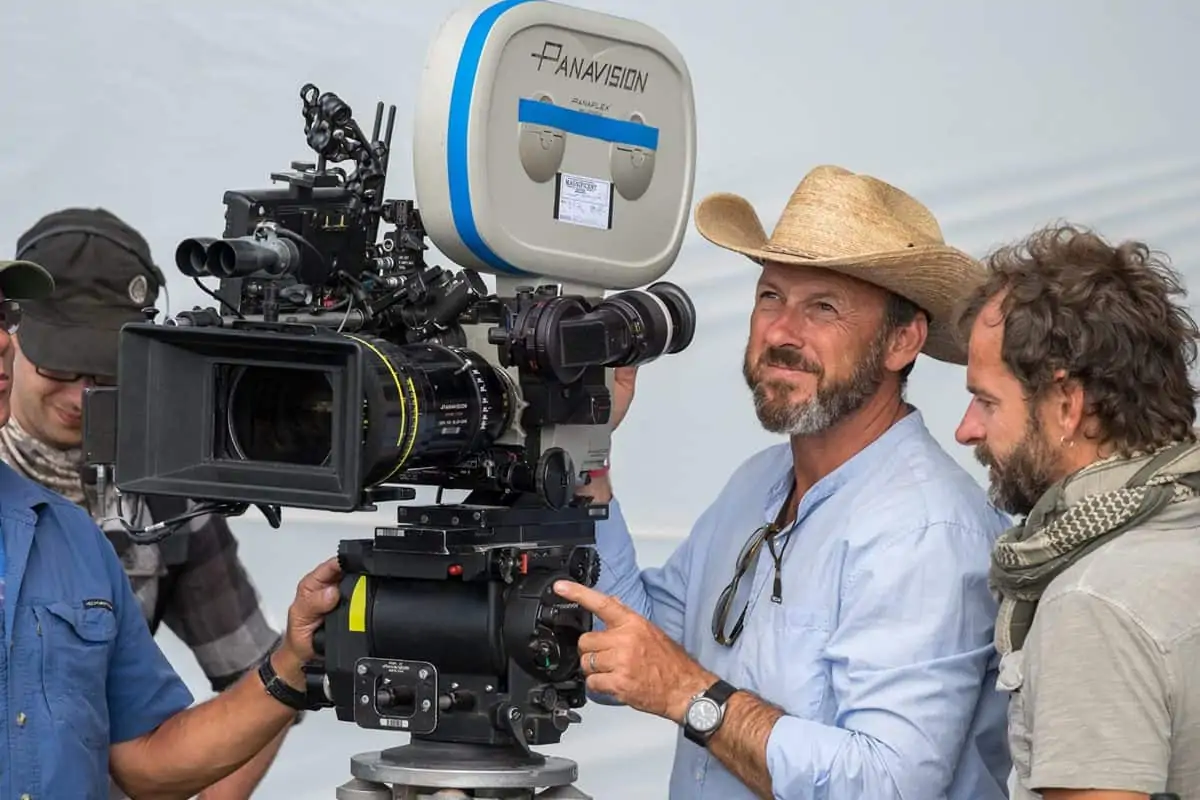Crack Commandos
Mauro Fiore ASC / The A-Team
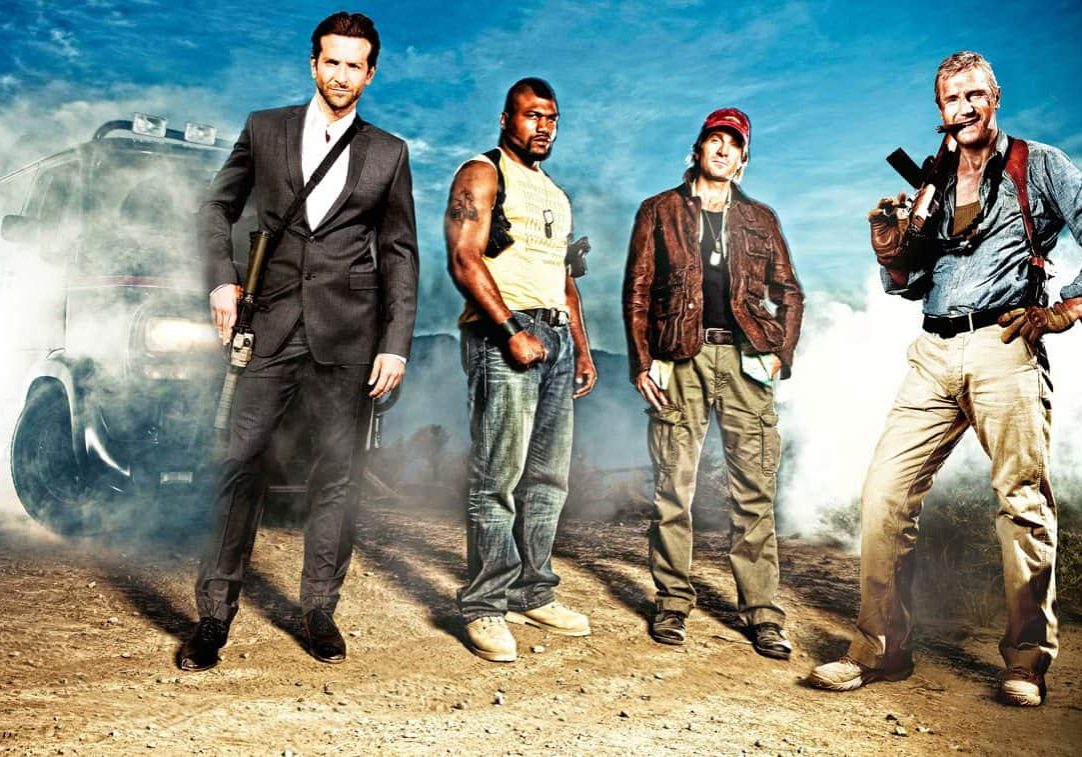
Crack Commandos
Mauro Fiore ASC / The A-Team
Avatar took audiences on a surrealistic journey to a future world where humans invade an alien planet and engage the natives in a desperate battle for survival. The film broke box office records when it was released in 3D format on IMAX and traditional cinema screens in 2009.
Avatar earned three Oscars and six other nominations. Mauro Fiore ASC claimed one of the Oscars, for best cinematography, along with outstanding achievement award nominations from BAFTA and his peers at the ASC. So what did Fiore do for an encore? The A-Team, which premiered on cinema screens around the world this summer. It’s another action-adventure story, only this time the main characters are empathetic human beings who make emotional connections with audiences.
The A-Team is an adaption of a mid-1980s television series about four veterans of the Vietnam war who were accused of a crime they didn’t commit. They banded together and performed heroic deeds in a quest for redemption. In the contemporary film, the main characters are veterans of the war in Iraq who join forces as mercenaries and perform dare devil deeds for the right reasons.
“It’s not a simple story,” Fiore says. “Each of their missions has sub-plots augmenting the main story about these four men who are trying to redeem their reputations by fighting bravely in the face of overwhelming odds.”
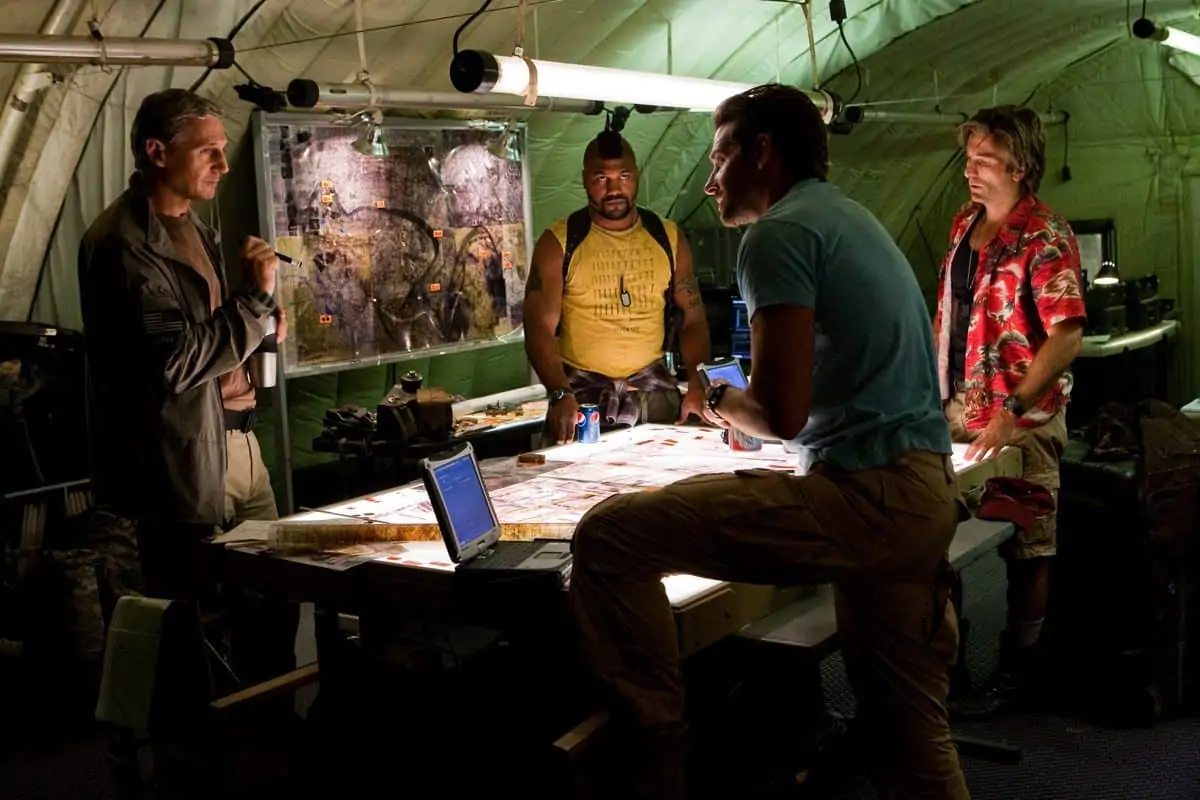
The A-Team is Fiore’s second collaboration with writer/ director Joe Carnahan on a long form narrative film following in the wake of Smokin’ Aces in 2006. Ridley Scott is among the executive producers, with Tony Scott and Iain Smith amongst the producers. Fiore and Carnahan have also worked together on various commercials during the past half a dozen years. They agreed that 35mm anamorphic was the right format for creating an organic look and feeling that visually augments the emotional tone as the drama heightens. They also discussed creating specific looks for different environments.
Carnahan cast Liam Neeson in the role of Col. “Hannibal” Smith. Bradley Cooper, Sharlto Copeley and Quinton “Rampage” Jackson were brought onboard to portray Lt. “Faceman” Peck, Capt. “Howling Mad” Murdock and Sgt. B.A. Baracus.
They originally intended to film scenes at practical locations around the world. However, a decision was made to produce The A-Team in and around Vancouver, Canada as a concession to the budget and schedule. Fiore and production designer Charles Wood scouted locations in and around Vancouver searching for the right environments for different parts of the film. They found a location in Kamloops, a region just outside of Vancouver, which has similar landscapes and mountain ranges as the dry, arid environment characteristic of the Baja desert in Mexico. Two blocks in a warehouse district convincingly served as alleys in Mexico when they were dressed with signs and extras wore the right costumes.
Other scenes are staged in an army Iraqi camp, where they are printing American money with plates stolen from the mint, on downtown streets in Frankfurt, Germany, and on the harbor in Long Beach, California.
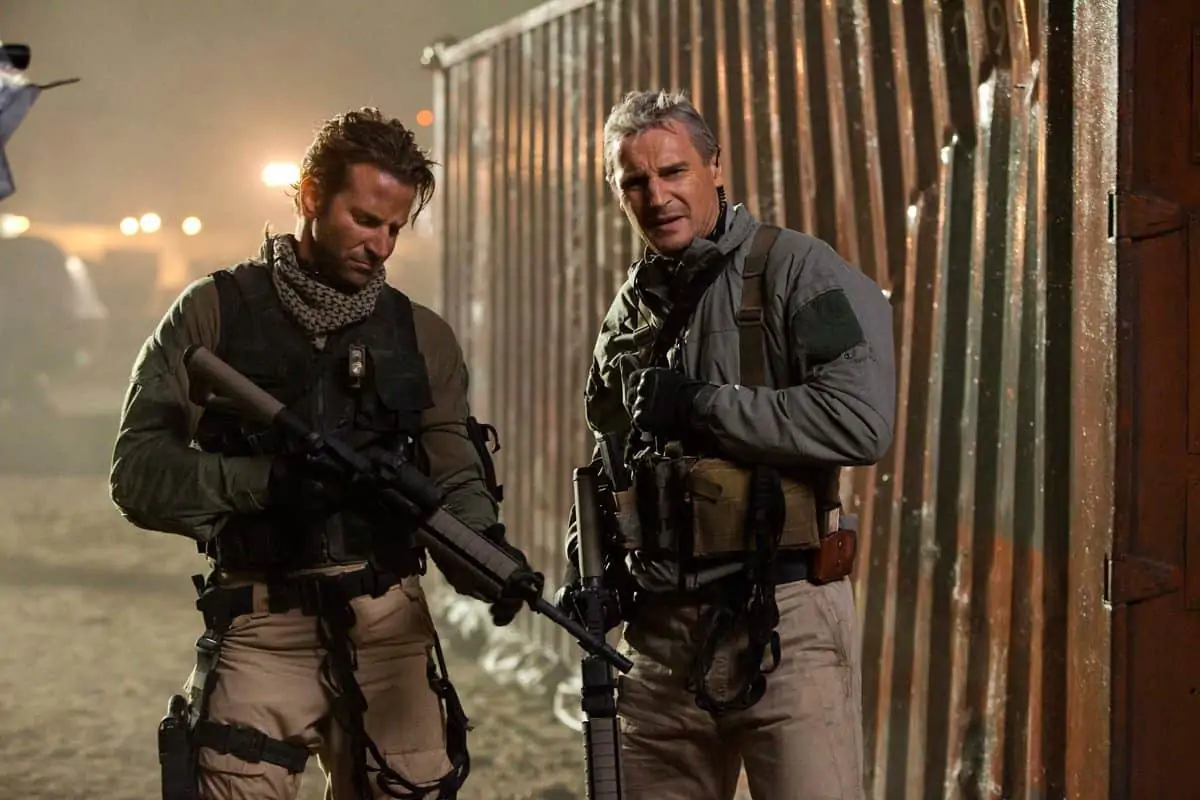
“We created specific looks for each environment,” Fiore says. “The Mexican section was treated very warm and sun-lit with a saturated golden tone, almost like reversal film. The audience isn’t always able to see the shadow side of people’s faces. The Iraqi section of the film was produced in a field outside of Vancouver where we built a set for an army base. We decided on a desaturated look with very little color in it. Most of the backgrounds were dusty. We used physical special effects to create a blown out sort of look with details in backgrounds not decipherable.”
Carnahan created storyboards for action sequences, which provided guidelines for covering scenes. He and Fiore agreed to cover the action with two cameras. “The story called for scope,” Fiore says. “The 2.4 aspect ratio was really important, and I like the effect of anamorphic lenses optically.”
They made several exceptions. Second unit cinematographer Larry Blanford suggested shooting a night exterior scene that is set on a dock in Long Beach in Super 35mm. Fiore and Carnahan embraced that idea. “We wanted the ability to be able to open up to T- 2.0 or 2.8 and enable the second unit to use zoom lenses at night in that scene and few others,” Fiore says.
Other scenes filmed in Super 35mm included a helicopter sequence set in Mexico, a night chase scene in the Iraqi segment, and a huge stunt set in Frankfurt, where people seem to be falling off 200 to 500 foot high skyscrapers.
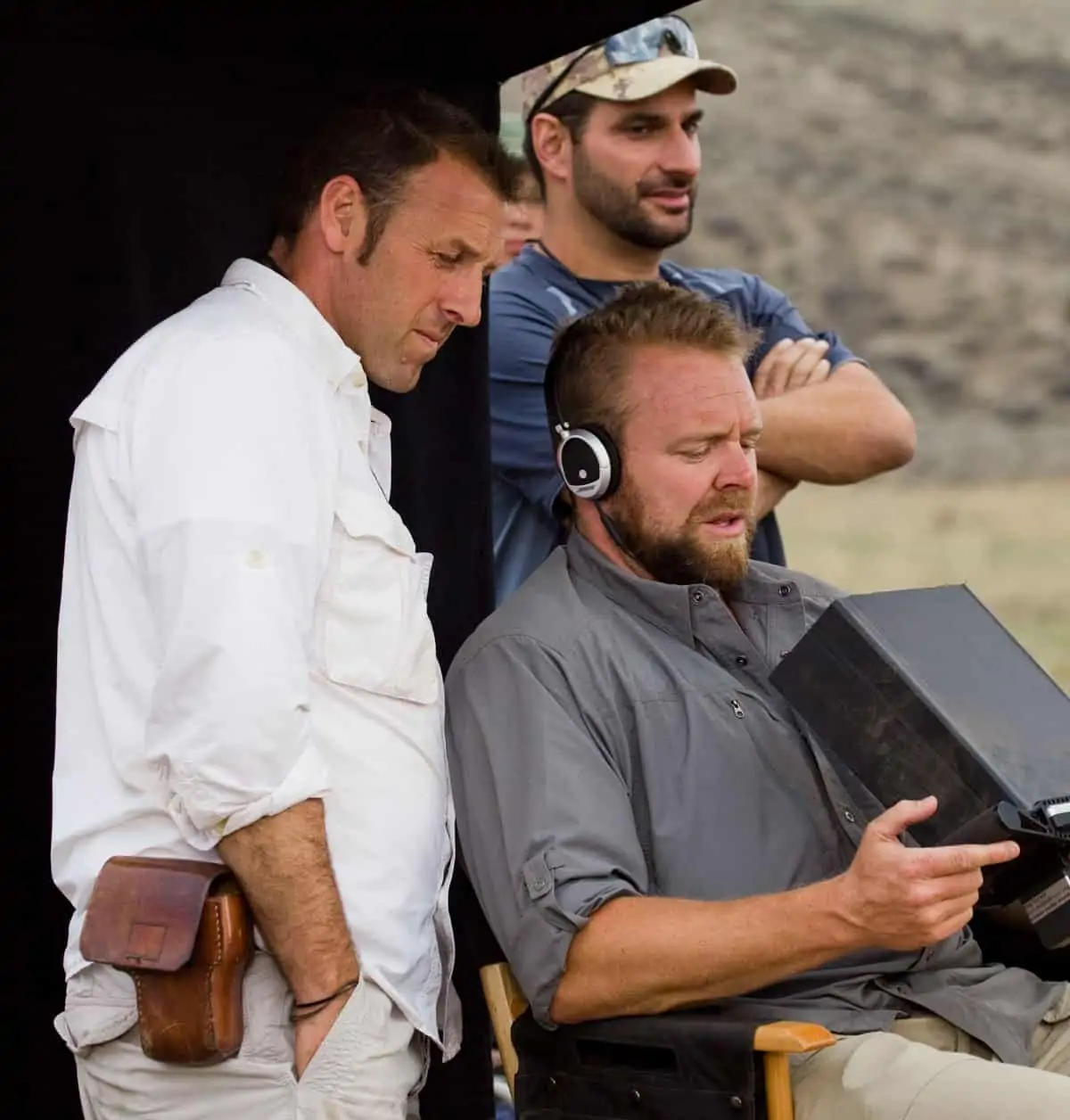
"The Mexican section was treated very warm and sun-lit with a saturated golden tone, almost like reversal film."
- Mauro Fiore ASC
Fiore generally covered scenes with A and B cameras. He used the A-camera for close-ups during dialogue scenes, and the B camera for wide-angle coverage of environments and for visual subtext, including close-ups of hands and faces. Panavision provided the camera package – a Millennium XL was the A-camera, a Panavision Platinum the B-camera, and Panavised ARRI 435 and 235 cameras were used for high-speed cinematography. Fiore carried a combination of anamorphic C, E and G series lenses, and the second unit used Primo prime and zoom lenses.
Fiore had two filmstocks on his palette. He used Kodak Vision3 5205 250 D film for daylight exteriors, because it renders “a bit” more contrasty images than the 100-speed negative, and Kodak Vision 3 5219 500T negative for night and darker interior scenes.
“My relationship with my gaffer (David Tickell) and rest of the crew was very important, because this is a collaborative process, and you need everyone’s best efforts,” he emphasises. Dave Kurvers, a digital imaging technician, was in charge of taking stills of scenes, which were colour corrected and sent to Technicolor, in Vancouver, as visual references for the dailies timer. Final touches were rendered on the look of the film during DI timing with colourist Yvan at EFilm, in Los Angeles. The A-Team was produced and distributed by 20th Century-Fox.







